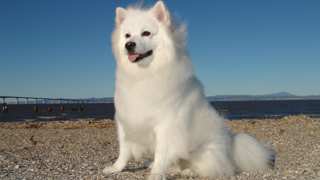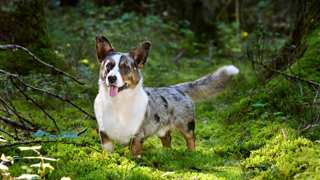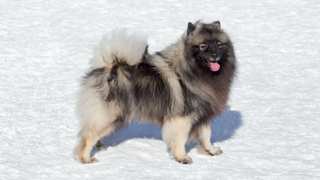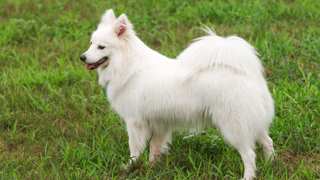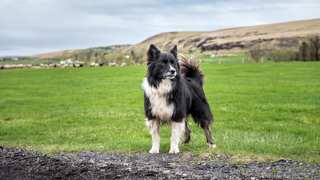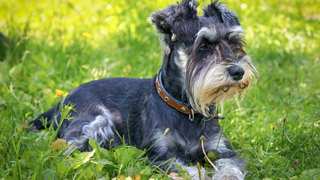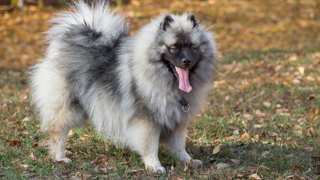Sheltie diet and nutrition is ultra-important in keeping these dogs healthy and fit. As athletic, active dogs, Shelties will need food that's high in animal proteins (meaning the food will list the protein from a specific source in its ingredients, not simply "meat" or "meat by-products"); Sheltie food will also need lots of carbohydrates for added energy, and omega fatty acids for a healthy coat and skin. For these reasons, the most sensible and popular choice is premium dry food. Dry food that's high-quality is more expensive, but your Sheltie will need to eat less of it, and these premium foods contain the necessary nutrients listed above that cheap foods simply don't have. Some breed experts say feeding a Sheltie only raw, fresh, or home-prepared food is best, but many owners find this "fresh" diet for their Sheltie to be too expensive and inconvenient, so premium dry food is the most common choice.
But how much to feed your Sheltie? And how often should you feed it? An adult Sheltie--and the amount may vary depending the dog's age and activity level--will need about 1½ cups of dry food per day, divided into two meals. A puppy, again depending on its age, will need a bit less: about one cup per day, divided into three meals. And it's recommended that you give puppy food to your Sheltie pup until it's nine months old, after which you can switch to an adult formula. For more details on feeding Shelties, reference the chart below:
Dog AgeDog WeightFood TypeAmountFrequency2 Months3 lbsDry0.1 cups3x/day3 Months6 lbsDry0.2 cups3x/day6 Months12 lbsDry0.3 cups3x/day9 Months17 lbsDry0.6 cups2x/day12 Months+20 lbsDry0.8 cups2x/dayThough the above-listed portions may seem small, it's best to try and stick to them. An overfed (and under-exercised) Sheltie has a fair tendency to become obese--and as an athletic breed, a fat Sheltie will be an unhappy one. It'll have breathing, digestive, and joint problems, not to mention a shortened lifespan. You can properly manage your Sheltie's weght in several ways: give the dog plenty of exercise; establish a consistent feeding schedule so your Sheltie gets used to eating at the same time every day; no feeding the dog table scraps, which are typically extremely fattening for canines; and perhaps most important, do not "free-feed" your Sheltie. Free-feeding is leaving food in the dog's bowl all the time so it can eat anytime it wants. Veterinarians agree it's the primary cause of canine obesity, and is a thoroughly unhealthy practice. Put your Sheltie's dish down only at mealtimes, and pick it up 15-20 minutes after the dog begins eating, even if food remains.
If you're worried your Sheltie is overweight, give the dog this simple Ribs Test: run a hand along its side, and if you can't feel any ribs, it's diet time. Decrease your Sheltie's daily food intake by one-fourth, and add an extra walk or play period to its daily exercise schedule.

